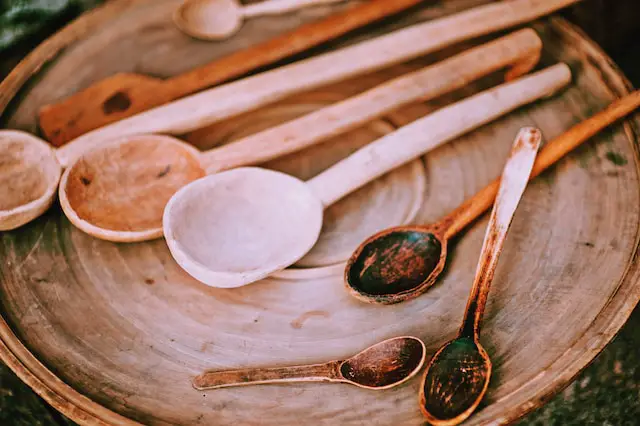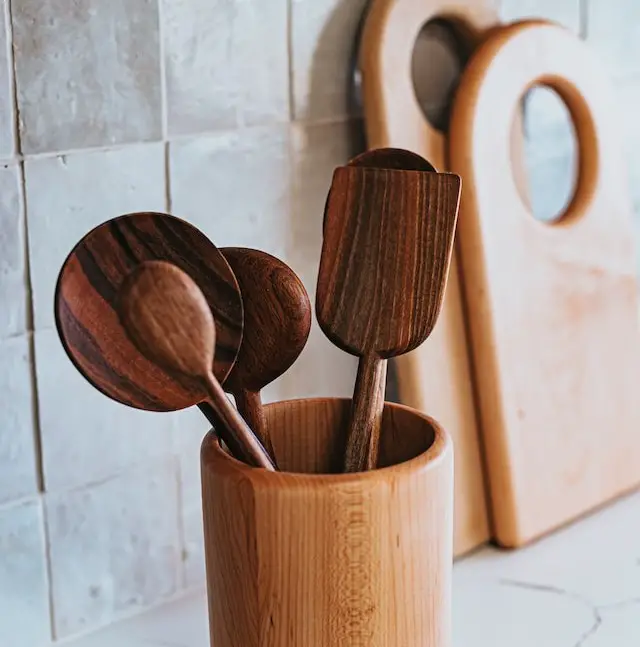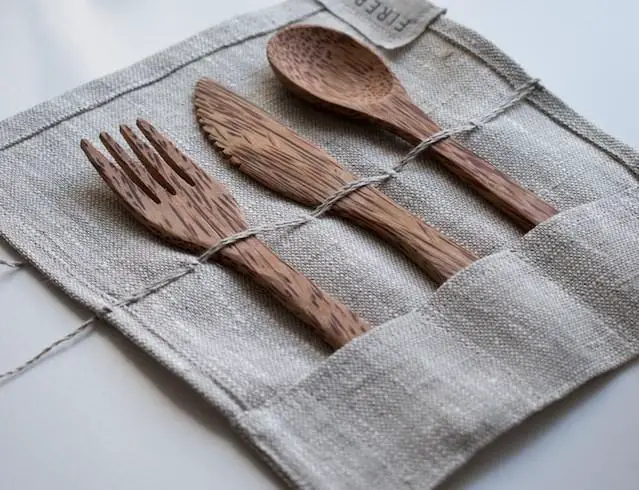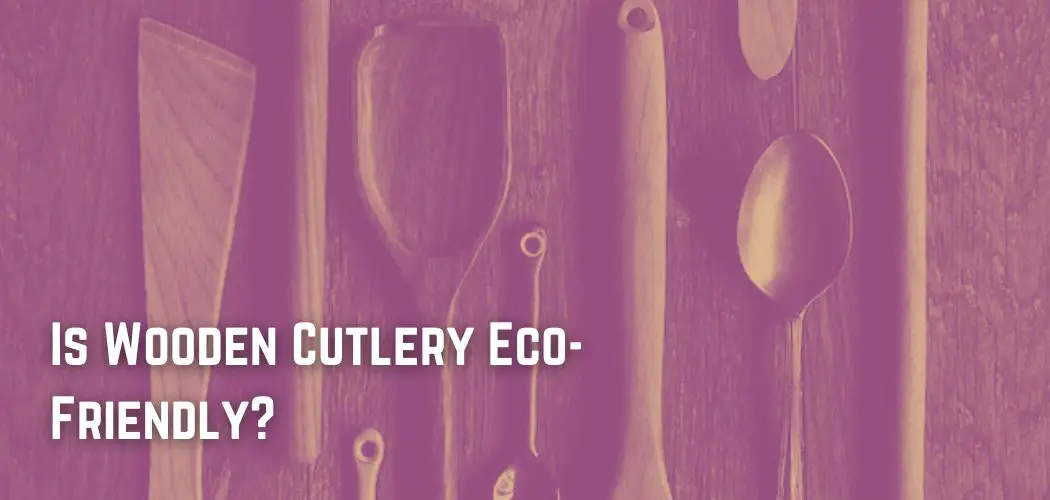There has been a lot of discussions lately about the environmental impact of disposable cutlery. Some people argue that it is more eco-friendly to use plastic or metal utensils, while others maintain that wooden cutlery is the best option.
So, what’s the truth? Is wooden cutlery eco-friendly or not?
In this blog post, we will explore the pros and cons of using wooden cutlery and try to answer this question once and for all!
Are Wooden Utensils Better for the Environment?
One of the main benefits of using wooden cutlery is that it is biodegradable. This means that, unlike plastic or metal utensils, wooden cutlery can be broken down and returned to the earth without harming the environment.
In fact, when properly disposed of, wooden cutlery can even help improve soil quality!
Another benefit of using wooden cutlery is that it is made from a renewable resource.
Trees can be replanted and grown again, which makes wood a sustainable choice for Cutlery.
On the downside, there are some environmental concerns associated with manufacturing wooden cutlery.
For example, deforestation can occur when trees are harvested specifically for making Cutlery.

Furthermore, chemical treatments may be used in the manufacturing process, which could release toxins into the air and water.
So, is wooden cutlery eco-friendly? The answer to this question depends on a number of factors, including how the cutlery is manufactured and disposed of.
However, overall, wooden cutlery is a more environmentally friendly option than disposable plastic or metal utensils.
What is Wooden Cutlery Made of?
Wooden Cutlery is made out of, you guessed it, wood! The most common type of wood used for making cutlery is birch, although other types of wood, such as bamboo and maple, are sometimes used.
The manufacturing process of wooden cutlery is fairly simple.
First, the desired shape is cut out of a piece of wood. Then, the edges are sanded down to create a smooth finish. Finally, the cutlery is stained or painted (if desired) and then sealed with food-safe lacquer.
One thing to keep in mind if you’re considering using wooden cutlery is that not all types of wood are equal when it comes to environmental friendliness.
For example, bamboo is a highly sustainable resource that grows quickly and doesn’t require the use of pesticides or fertilizers.
On the other hand, maple trees take longer to grow and are often treated with harmful chemicals.
When it comes to environmental friendliness, bamboo is the clear winner!
How Can I Dispose of Wooden Cutlery?
You can dispose of wooden cutlery by composting it, burning it, or recycling it.
If you choose to compost your wooden cutlery, make sure that the wood is untreated and that you chop it up into small pieces before adding it to your compost bin.

You can also burn your wooden cutlery in a bonfire, but make sure that you do so safely and that the wood is untreated. If you choose to recycle your wooden cutlery, check with your local recycling center to see if they accept wood as a recyclable material.
Wooden Cutlery vs. Plastic Cutlery
There are many different types of cutlery on the market, but the two most common are wooden and plastic.
When it comes to wooden cutlery, the most important thing to consider is whether the wood is certified by the Forest Stewardship Council.
The FSC certification ensures that the wood has been sourced from sustainably managed forests.
Wooden cutlery is generally seen as more eco-friendly than plastic because it is biodegradable. Wooden cutlery also has a lower environmental impact in terms of energy consumption and production.

Plastic cutlery, on the other hand, is not biodegradable and can take hundreds of years to decompose. Additionally, plastic also contains harmful chemicals that can leak into the food being eaten.
So, the clear winner here is wooden cutlery. However, still, when it comes to eco-friendly cutlery, it is important to do your research and choose the option that is best for you and the environment.




